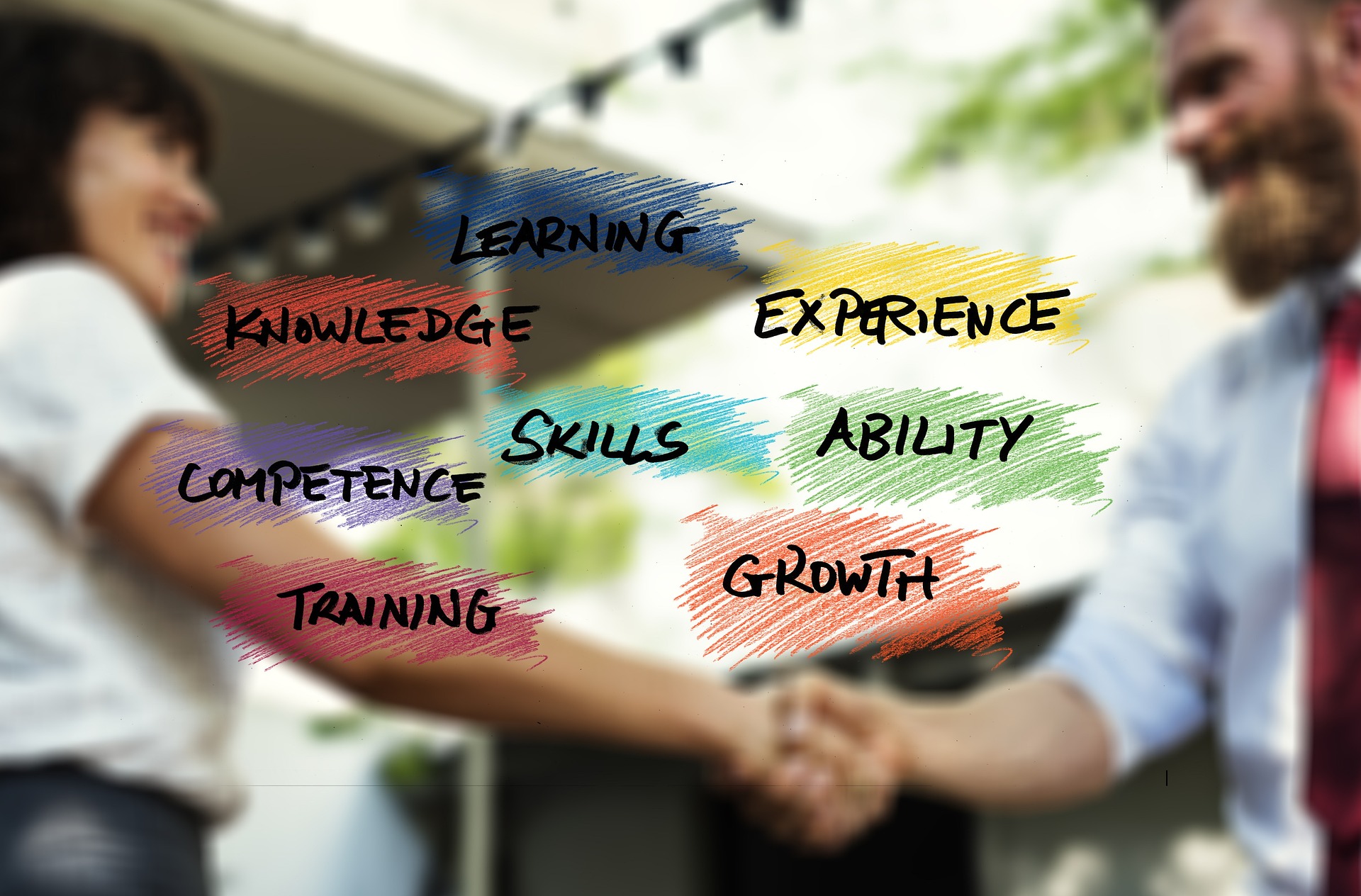Designing continuous learning plans for career transitions
Career transitions require structured continuous learning that aligns skills, assessment, and practical experience. This article outlines how to map competencies, choose upskilling or reskilling paths, apply microcredentials and certifications, and use mentorship and elearning to sustain employability across changing workforce and remote work contexts.

Career transitions are increasingly common as industries evolve and roles change. A continuous learning plan helps individuals identify competency gaps, sequence training, and combine formal credentials with hands-on experience. Well-designed plans balance assessment, short-term upskilling, and long-term lifelonglearning to maintain employability while allowing flexibility for freelancing, remote roles, or vocational shifts.
Career assessment and transition readiness
Start with a skills inventory and objective assessment to clarify strengths and gaps relative to target roles. Use competency frameworks or standardized assessments to measure technical and soft skills. This phase should produce a clear skills map showing which abilities require upskilling, which need reskilling, and which are transferable. Align results with market signals—job descriptions, industry reports, and conversations with hiring managers or mentors—to ensure the learning plan targets relevant competencies and employability outcomes.
Mapping skills for upskilling and reskilling
Translate assessment outcomes into prioritized learning objectives. Upskilling typically deepens existing skills, while reskilling creates capabilities for a different role or sector. Break objectives into short modules (microlearning) with measurable milestones and an assessment schedule. Integrate practical tasks or projects that mirror workplace challenges to build competency. Budget time for periodic reviews and adjust priorities as labor market needs, such as remote work practices or automation, shift.
Microcredentials, certification, and vocational options
Consider microcredentials and industry certifications that validate specific skills without requiring lengthy programs. Vocational training can provide hands-on experience for technical roles and often includes pathways to internships or apprenticeships. Evaluate credentials for employer recognition, alignment with competency standards, and portability across locations. Combine short, targeted certificates with longer vocational study when deeper practical competence or licensing is required for the new career direction.
Elearning, remote learning, and onboarding strategies
Elearning platforms enable flexible pacing and access to content across locations, useful for learners balancing work, freelancing, or caregiving. Choose courses that include practical assignments, peer feedback, and opportunities for synchronous mentorship or coaching. Design onboarding simulations or capstone projects to translate online learning into role-specific tasks. For remote roles, include modules on remote collaboration tools, digital communication norms, and self-management techniques to boost employability in distributed teams.
Mentorship, internships, and workforce integration
Pair formal learning with mentorship to accelerate skill application and network development. Mentors can offer role-specific guidance, feedback on projects, and introduction to professional communities. Internships or short-term placements provide workplace context and demonstrate competency to employers. Integrate structured onboarding practices—clear goals, milestone reviews, and job-shadowing—so learners move from training to productive contribution with evidence of applied skills.
Freelancing, competency, and lifelonglearning paths
For those considering freelancing or portfolio careers, emphasize competency-based evidence: case studies, project deliverables, and microcredentials that communicate capability to clients. Build a modular learning plan allowing continuous updates as market needs evolve. Lifelonglearning is both mindset and schedule: plan periodic assessments, refresh qualifications, and maintain relationships with mentors, peers, and industry groups to keep skills and employability current across changing workforce demands.
Designing a continuous learning plan for career transitions means combining assessment, targeted training, and practical experience into a coherent roadmap. By prioritizing competency, choosing suitable credentials, leveraging elearning and mentorship, and planning for periodic review, learners can navigate shifts into remote roles, freelancing, vocational pathways, or new professions while sustaining employability and professional growth.





